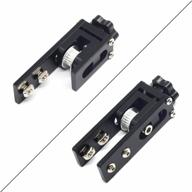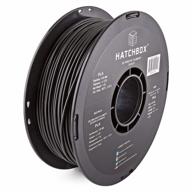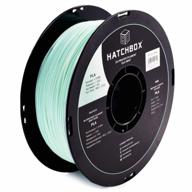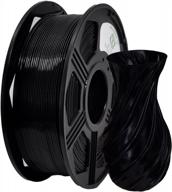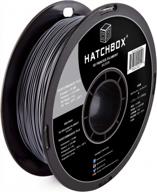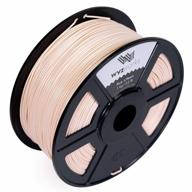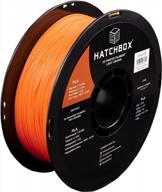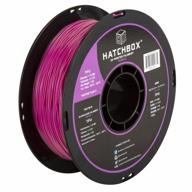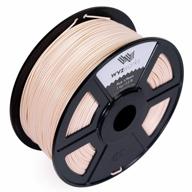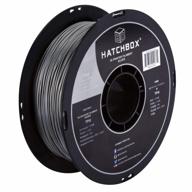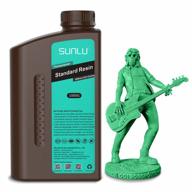🏭 Additive Manufacturing Products
The Evolution of Additive Manufacturing Products: Advancements in Materials and Machinery
The field of additive manufacturing, more commonly known as 3D printing, has experienced remarkable growth in recent years. This technology has revolutionized various industries by enabling the creation of complex and customized objects with ease. Central to the success of additive manufacturing are the innovative products that support the process, such as durable polymer filaments, high-precision 3D printing machines, and advanced resin formulations. In this article, we delve into these key components and explore how they have propelled the industry forward.
Durable Polymer Filaments: Enhancing Strength and Flexibility
One of the critical elements in additive manufacturing is the selection of suitable materials, and durable polymer filaments have emerged as a popular choice. These filaments, made from robust thermoplastics like ABS (Acrylonitrile Butadiene Styrene) and PLA (Polylactic Acid), offer a unique combination of strength and flexibility. This allows manufacturers to create functional prototypes, intricate parts, and even end-use products with exceptional mechanical properties.
What sets these filaments apart is their ability to withstand rigorous testing conditions and maintain their structural integrity. High-quality polymer filaments ensure reliable layer adhesion, minimizing the risk of delamination or breakage during the printing process. With improved layer bonding, the resulting 3D-printed objects exhibit enhanced durability and resilience, making them suitable for a wide range of applications, from aerospace components to medical devices.
High-Precision 3D Printing Machines: Paving the Way for Complex Designs
While material selection plays a vital role, the quality and capabilities of the 3D printing machine itself are equally crucial. High-precision 3D printing machines have become instrumental in pushing the boundaries of design complexity and accuracy. These machines employ advanced technologies, such as laser sintering or stereolithography, to achieve fine details and intricate geometries with micron-level precision.
Precision is the cornerstone of successful additive manufacturing, and these cutting-edge machines deliver exceptional layer resolution and surface finishes. By utilizing precise laser or projection systems, they ensure the deposition of materials with utmost accuracy, resulting in smooth, flawless 3D-printed objects. This level of precision enables engineers and designers to explore complex designs that were previously unattainable, opening up new opportunities in fields like architecture, automotive, and consumer electronics.
Advanced Resin Formulations: Unlocking Versatility and Performance
Resins have gained significant attention in the additive manufacturing industry due to their ability to produce high-resolution and highly detailed prints. Advanced resin formulations have pushed the boundaries of what can be achieved with 3D printing, enabling the creation of functional prototypes, intricate jewelry, and even medical models with exceptional accuracy and surface finish.
These resins exhibit unique properties, including excellent mechanical strength, chemical resistance, and a wide range of color options. They offer versatility in terms of material properties, such as rigidity or flexibility, which can be customized to meet specific application requirements. With the ability to simulate various materials like rubber, ceramic, or even transparent polymers, advanced resin formulations have revolutionized the prototyping and manufacturing processes across industries.
Conclusion
The continuous advancement of additive manufacturing products, including durable polymer filaments, high-precision 3D printing machines, and advanced resin formulations, has played a pivotal role in the widespread adoption of this transformative technology. These components have expanded the range of possibilities in terms of design complexity, material properties, and application versatility. As the additive manufacturing industry continues to evolve, further innovations in
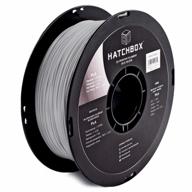

32 Review
1 KG (approximately 2.20 lbs) Spool. 1.75mm Filament Diameter (Dimensional Accuracy +/- 0.03mm). PLA (Polylactic Acid) 3D Printer Filament Vacuumed Sealed With Desiccant. Recommended Extrusion/Nozzle Temperature 180°C - 210°C (356°F - 410°F). Spool Diameter: 7.88" - Spool Width: 2.69" - Spool Hub Hole Diameter: 2.24
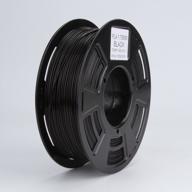
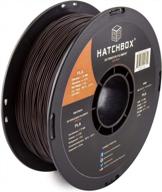

22 Review
FILAMENT SPECS: SIZE: 1 kg (approximately 2.20 lbs) Spool, 1.75 mm Filament Diameter (Dimensional Accuracy +/- 0.03 mm), TEMPERATURE: Recommended Extrusion/Nozzle Temp 180°C - 210°C (356°F - 410°F). EASY TO USE PLA FILAMENT: Unlock your creativity with our hassle-free PLA Filament! Designed to give you the best 3D printing experience, Hatchbox PLA can…
Read more about this product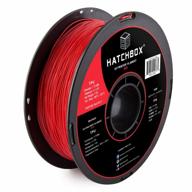
![wyzworks pla 1.75mm [ antique rosy white / skeleton ] premium thermoplastic polylactic acid 3d printer filament - dimensional accuracy +/- 0.05mm 1kg / 2.2lb + [ multiple color options available ] logo](https://images.revain.org/blob/mccl9xr_8c9ac73190@128x128.jpg)

21 Review
THERMOPLASTIC POLYLACTIC ACID [MSDS APPROVED] - With our ultra smooth technology, our filaments are capable to extrude beautifully and smoothly that help to build a more delicate object. Natural PLA Premium Quality MSDS Approved 3D Printer Filament. HIGH SPECS - PLA [Polylactic Acid] 1.75mm Filament Diameter (Dimensional Accuracy +/- 0.05mm) 1 KG (2.20…
Read more about this product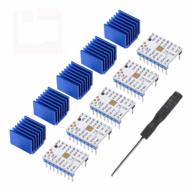

19 Review
TMC2208 is an ultra-quiet two-phase stepper motor drive chip, continuous drive current 1.4A, peak current 2A, voltage range 4.75V-36V, 256 subdivision. The flexible microPlyer interpolation unit provides up to 256 subdivisions, allowing perfect sinusoidal control even in systems with limited pulse frequencies; these are also designed because…
Read more about this product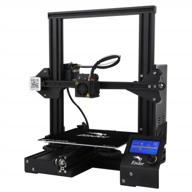

18 Review
Resume Printing after power-off: ender 3 could resume prints after a power outage or lapse occurs. Easy and Quick Assembly: only 10 minutes with 20 screws assembly before the first printing, simple assembly but more stable performance, Win-Win for fun and time. Patent Technology One: MK-8 Extruder greatly reduces plugging risk and bad extrusion; Patent…
Read more about this product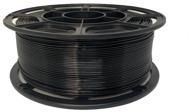

18 Review
PETG (PETG), short for polyethylene terephthalate glycol, is a high-impact plastic made from polyethylene terephthalate with the addition of glycol. The PETG 3D printer rod combines the most useful characteristics of ABS (stiffness and mechanical properties) with the ease of printing that PLA provides. This is the best that can be taken from these types…
Read more about this product

